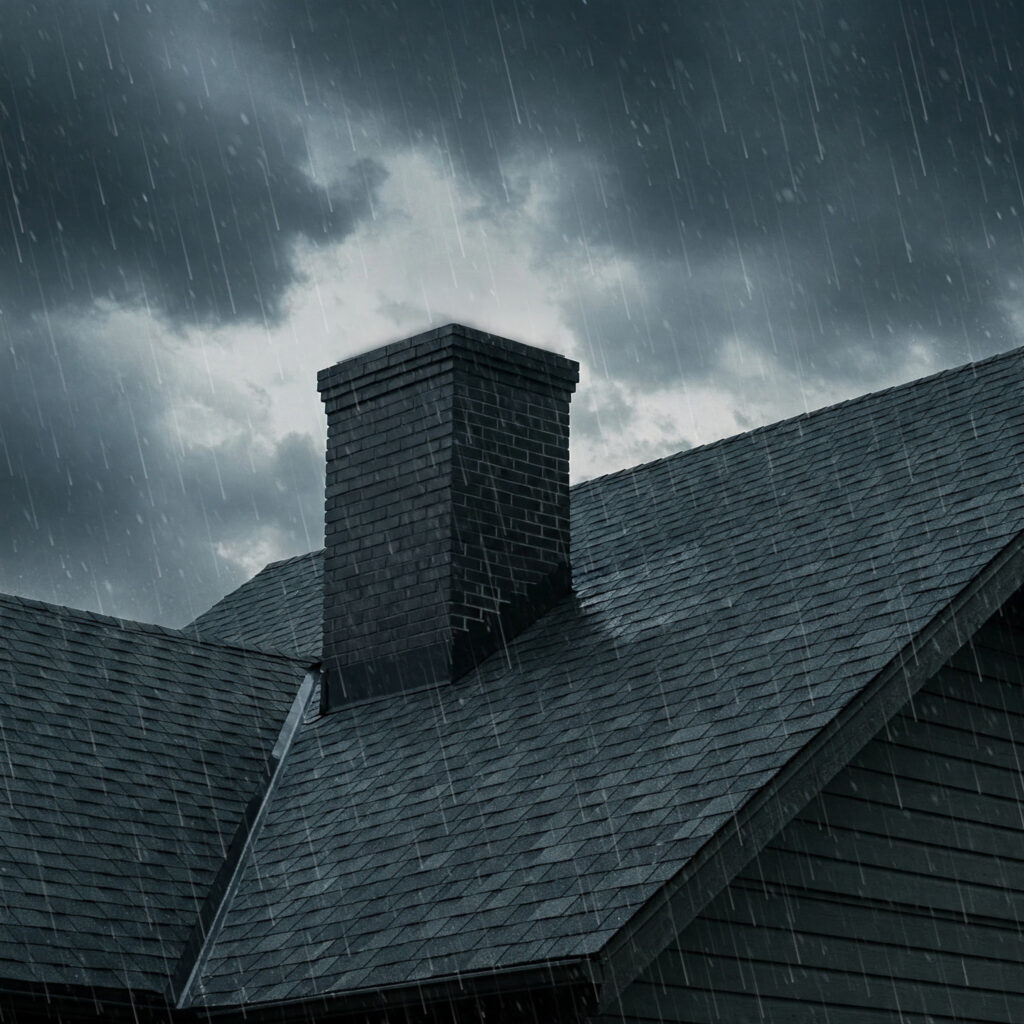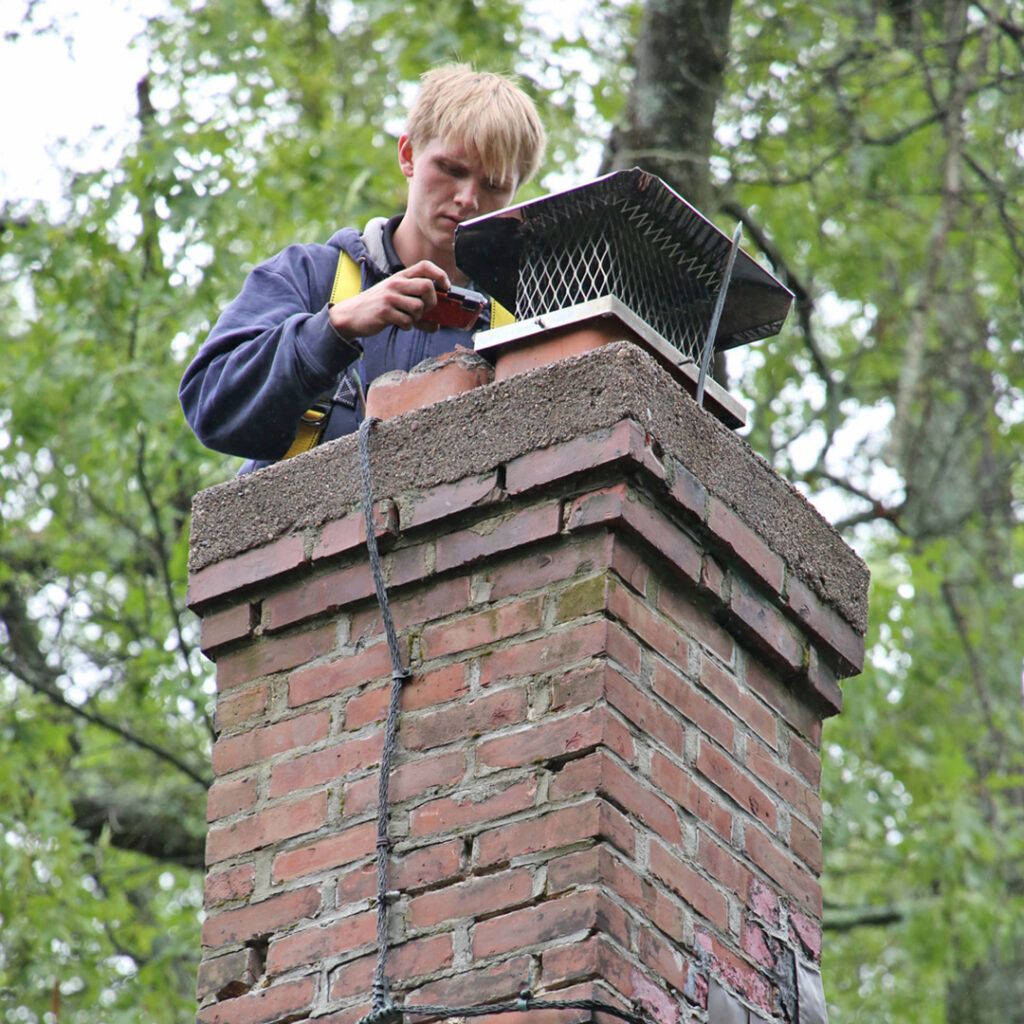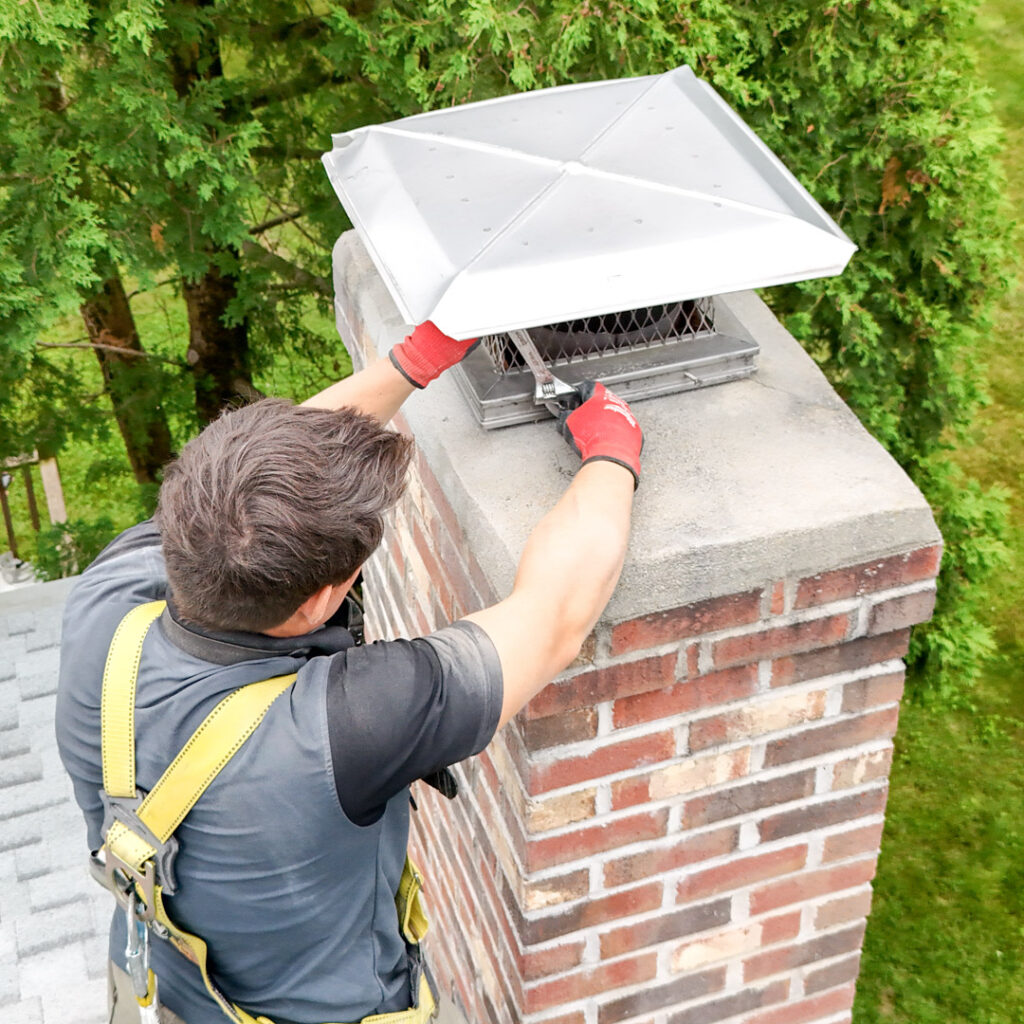Summer Storm Damage
Summer has finally reared its head. We have been waiting a long time, some folks longer than others. Living in New England, we can be hit by some good winter storms. Property damage, whether it is to trees or structures, is common. But don’t let your guard down.

Summer is also a time when stormy weather hits New England. A hurricane is common to see throughout the summer. We have also seen a tornado come through our hills. All the reasons to be prepared. Being prepared means making sure that your chimney is intact without any issues of cracks, leaks, or other damage.
Professionals suggest that an annual Chimney sweep and inspection be conducted. When a problem arises, the best plan is to tackle it as soon as possible. This will cost you much less than if you let the damage to the fireplace and bricks go on too long.
Now is a great time to have your yearly chimney inspection. Our highly trained professionals will look over all aspects of your chimney and fireplace and repair any damage before you experience any summertime storms.
Water damage from storms and humidity, animal infestations, as well as musty odors due to the lack of ventilation, are just some of the issues that fireplace owners deal with in summer.
Damages That May Occur With Summer Storms
- Masonry Leakage – Bricks are porous. They tend to take in water and are damaged in the winter with the freeze/thaw effect. If not sealed, additional water can seep in and form cracks in the bricks.
- Spalling bricks – Moisture can cause bricks to spall (crumble or flake), leading to structural problems.
- Chimney Crown Damage – The chimney crown is the cement structure designed to shed water away from your chimney. Intense storms with wind and rain can damage them. This is something to watch for.
- Flashing dislodged – The flashing is the metal sheet that is at the base of the chimney and roof. Winds, hail, and rain can dislodge the flashing, causing water to seep in.
- Blockages – During the summer, small animals try to find shelter. As the chimney isn’t being used, it seems to be the perfect place to shelter down. They bring in twigs and leaves to nest, which can cause blockages.
- Structural Damage – Heavy wind, along with hail and rain, can whip around your chimney and cause structural damage. Especially if the chimney needs repair.
Prevention
- Be aware – Always keep an eye on any visual repairs that may be needed.
- Regular maintenance – An annual chimney sweep and inspection are recommended to keep your chimney in the best working order.
- Water Repellant – Once the chimney is completely dry, a water repellent can be applied. Our technicians are trained to tackle this job. They know the appropriate time to apply and use the best products.

Schedule your inspection or cleaning soon by calling Northeastern Chimney. We service all of Hartford, Tolland, and Litchfield Counties. All our chimney technicians are trained and qualified. We are active in the National Chimney Sweep Guild (NCSG).
The post Summer Storm Damage appeared first on .
This post first appeared on https://www.mychimney.com






 The Chimney Cap: Your First Line of Defense
The Chimney Cap: Your First Line of Defense